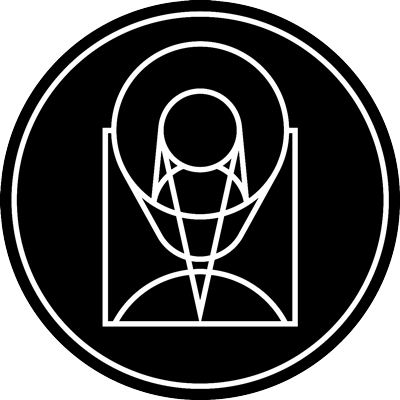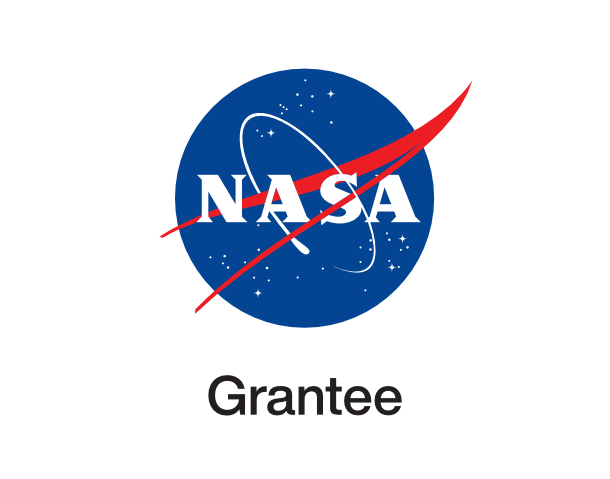NASA’s Webb to Explore Galaxies from Cosmic Dawn to Present Day

stsci_2019-20a March 21st, 2019
Credit: NASA, ESA, and J. Lotz, M. Mountain, A. Koekemoer, and the HFF Team (STScI)
Abell 2744, nicknamed Pandora's Cluster, is a giant pile-up of four smaller galaxy clusters. The cluster is so massive that its powerful gravity bends the light from galaxies far behind it, making the background objects appear larger and brighter in a phenomenon called gravitational lensing. Shown in this Hubble image, the mammoth Abell 2744 cluster is located about 3.5 billion light-years away.
Provider: Space Telescope Science Institute
Image Source: https://webbtelescope.org/contents/news-releases/2019/news-2019-20
Curator: STScI, Baltimore, MD, USA
Image Use Policy: http://hubblesite.org/copyright/
 Color Mapping
Color Mapping
| Telescope | Spectral Band | Wavelength | |
|---|---|---|---|

|
Hubble (ACS/WFC) | Optical (B) | 435.0 nm |

|
Hubble (ACS/WFC) | Optical (V) | 606.0 nm |

|
Hubble (ACS/WFC) | Optical (I) | 814.0 nm |

|
Hubble (WFC3/IR) | Infrared (Y) | 1.1 µm |

|
Hubble (WFC3/IR) | Infrared (J) | 1.3 µm |

|
Hubble (WFC3/IR) | Infrared (JH) | 1.4 µm |

|
Hubble (WFC3/IR) | Infrared (H) | 1.6 µm |









- ID
- 2019-20a
- Subject Category
- C.5.5.3
- Subject Name
- Abell 2744
- Credits
- NASA, ESA, and J. Lotz, M. Mountain, A. Koekemoer, and the HFF Team (STScI)
- Release Date
- 2019-03-21T00:00:00
- Lightyears
- 3,500,000,000
- Redshift
- 3,500,000,000
- Reference Url
- https://webbtelescope.org/contents/news-releases/2019/news-2019-20
- Type
- Observation
- Image Quality
- Distance Notes
- Facility
- Hubble, Hubble, Hubble, Hubble, Hubble, Hubble, Hubble
- Instrument
- ACS/WFC, ACS/WFC, ACS/WFC, WFC3/IR, WFC3/IR, WFC3/IR, WFC3/IR
- Color Assignment
- Blue, Blue, Green, Green, Red, Red, Red
- Band
- Optical, Optical, Optical, Infrared, Infrared, Infrared, Infrared
- Bandpass
- B, V, I, Y, J, JH, H
- Central Wavelength
- 435, 606, 814, 1050, 1250, 1400, 1600
- Start Time
- Integration Time
- Dataset ID
- Notes
- Coordinate Frame
- ICRS
- Equinox
- 2000
- Reference Value
- 3.5832679, -30.3880082
- Reference Dimension
- 5600, 5600
- Reference Pixel
- 3190, 3850
- Scale
- -8.33332441303739e-06, 8.33334095630694e-06
- Rotation
- 1.90739493258004e-04
- Coordinate System Projection:
- TAN
- Quality
- Full
- FITS Header
- Notes
- Creator (Curator)
- STScI
- URL
- http://hubblesite.org
- Name
- Space Telescope Science Institute Office of Public Outreach
- outreach@stsci.edu
- Telephone
- 410-338-4444
- Address
- 3700 San Martin Drive
- City
- Baltimore
- State/Province
- MD
- Postal Code
- 21218
- Country
- USA
- Rights
- http://hubblesite.org/copyright/
- Publisher
- STScI
- Publisher ID
- stsci
- Resource ID
- STSCI-J-p1920a-f-3909x4360.tif
- Resource URL
- https://mast.stsci.edu/api/latest/Download/file?uri=mast:OPO/product/STSCI-J-p1920a-f-3909x4360.tif
- Related Resources
- Metadata Date
- 2022-07-06T00:00:00
- Metadata Version
- 1.2
Detailed color mapping information coming soon...








